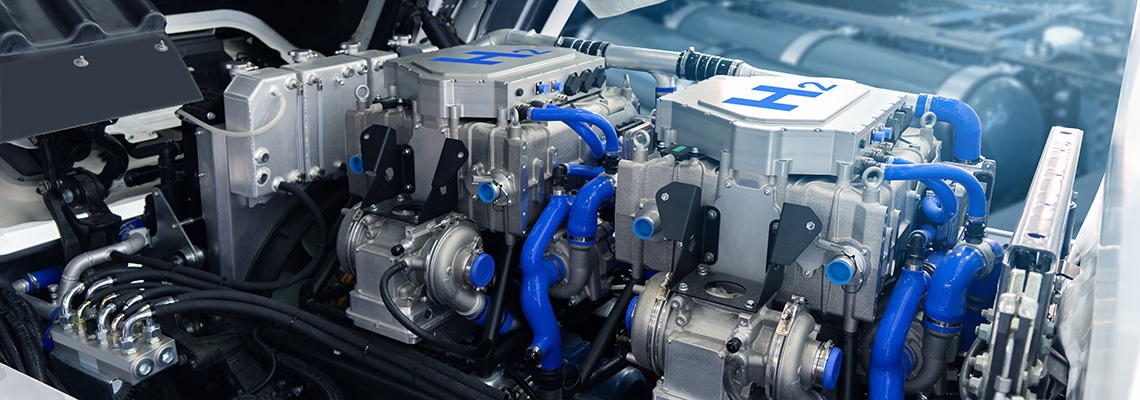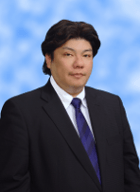JAPAN REPORT
Kubota is considering in-house production of batteries for electric agricultural equipment. It is considering developing and designing its own batteries and building a new plant in Japan.
The company intends to launch electric tractors and mowers in Europe and the United States by 2030. Kubota is preparing for increased demand in Europe, the U.S., and other markets by establishing a system for in-house production of batteries, which determine the running time of electric agricultural machinery.
Kubota currently manufactures diesel engines for agricultural machinery, mainly in Thailand and Japan and ships them to the United States and Europe for final assembly. Regarding batteries, which are a key component of electric agricultural machinery, President Kitao said, “As with engines, we would like to be able to produce batteries for Asian markets in Thailand, and those for Japan, Europe, and the United States in Japan.”
Read More»



